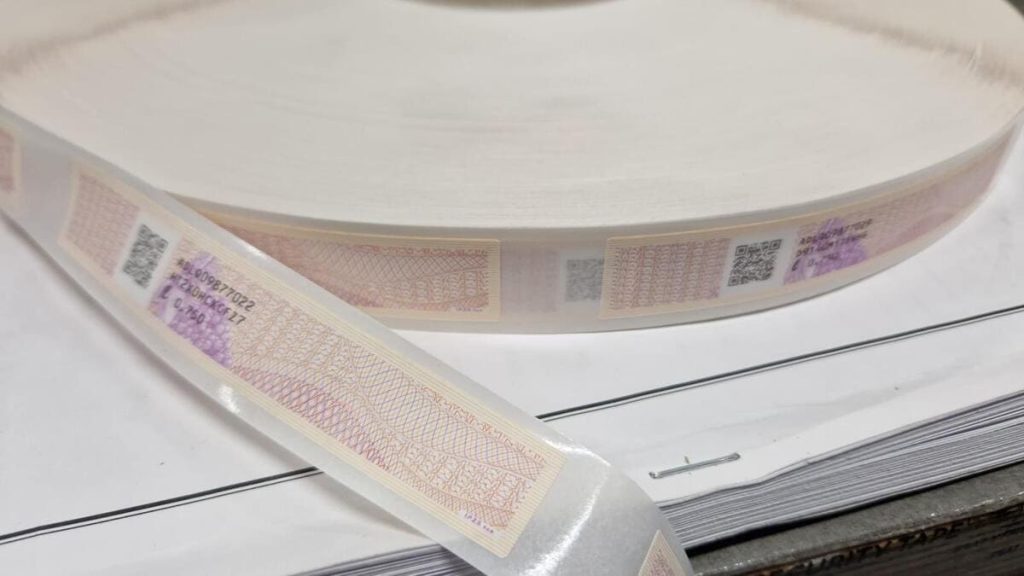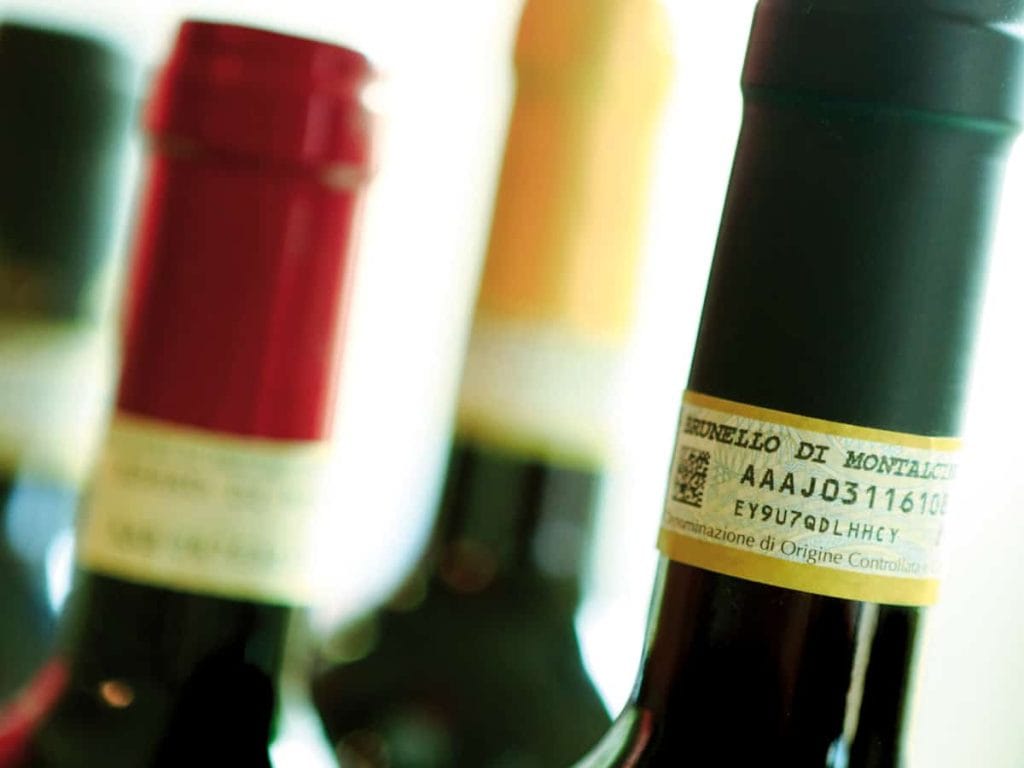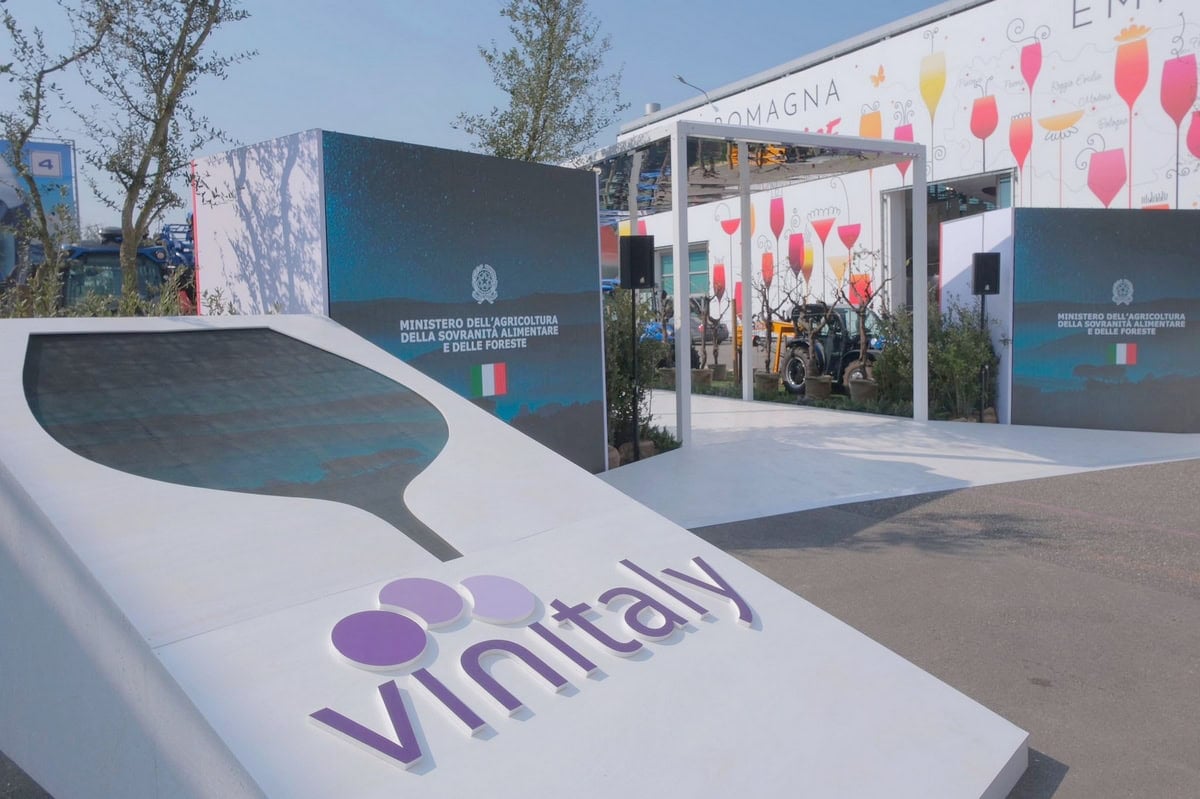Debut of State Seals for IGT Wines. The first consortium to adopt these seals is Sannio with IGT Benevento. The initial batch of 4 million seals will be delivered next week by the Istituto poligrafico e Zecca dello StatoIstituto poligrafico e Zecca dello Stato - State Printing Office and Mint (Ipzs) -, with more to follow.
A digital passport for IGTs
The aim is to provide each bottle with greater protection against counterfeits and imitations (such as Italian sounding products) and to ensure consumers can trace the product. Each seal features a QR code that, when scanned with a smartphone, grants direct access to the digital passport of the wine. This passport includes detailed information about the bottle's production chain, as well as suggestions and curiosities about the product, including pairing tips and recipes from top chefs.

The challenging approval process
The approval for the use of seals for Geographical Indications (on a voluntary basis) came last January via a ministerial decree signed by Francesco Lollobrigida, albeit with some controversy. Previously, the Ipzs state seal was mandatory for DOCG wines and optional for DOC wines. The extension to IGTs was initially met with resistance from some industry associations (such as Federdoc and the Italian Wine Union), who were concerned that the seal might confuse consumers due to its similarity to those of Denomination of Origin wines.

The previous announcement
It's no surprise that IGT Benevento is the first to request the new traceability system. As early as the end of 2022, even before the official approval, the Sannio Consortium announced the innovation and subsequently reached an agreement with Coldiretti, Agroqualità, and the State Printing Office and Mint. While the initial announcement caused some discontent, the system is now officially in place and ready to roll out, with potential for wider adoption. The State Printing Office has indicated that many other consortia have shown interest.


 Fewer bottles, more by-the-glass: how to build the wine list of the future
Fewer bottles, more by-the-glass: how to build the wine list of the future The Moncaro collapse impacts Marche wines. But average price rises
The Moncaro collapse impacts Marche wines. But average price rises Trump’s first trade war cost Americans $27 billion. USDA analysis
Trump’s first trade war cost Americans $27 billion. USDA analysis Here are ten Rare Wines you absolutely must try
Here are ten Rare Wines you absolutely must try The “Tariff Vinitaly” closes with 97,000 attendees: one third from abroad. See you on 12 April 2026
The “Tariff Vinitaly” closes with 97,000 attendees: one third from abroad. See you on 12 April 2026






